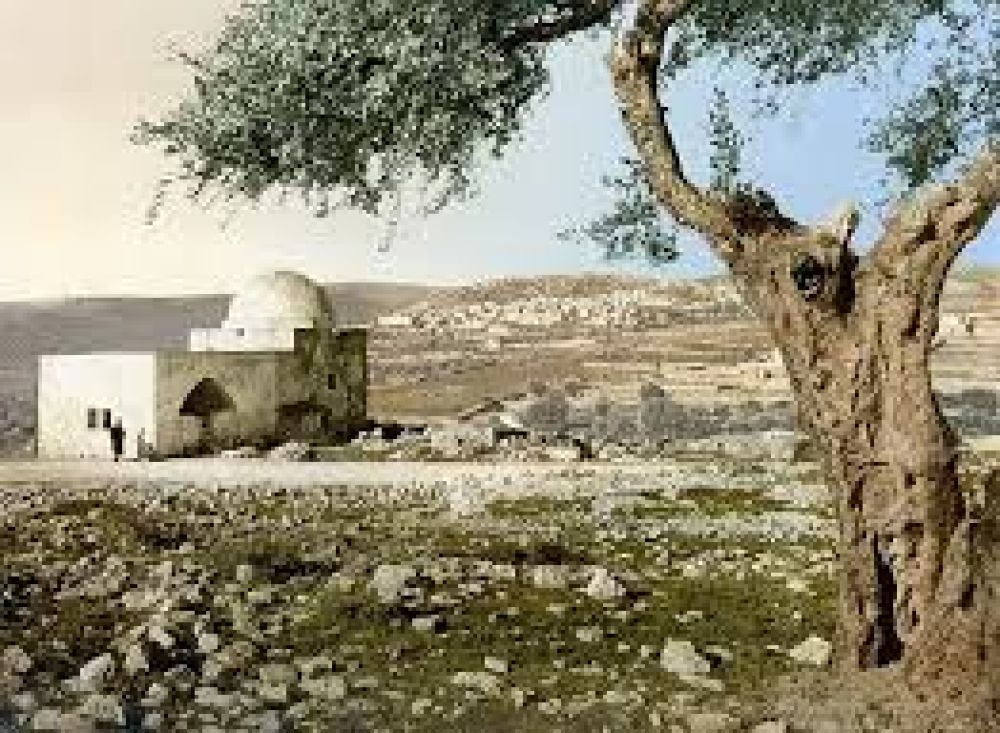

The history of tourism at Rachel's Tomb, a significant religious site located at the northern entrance of Bethlehem, can be traced back to ancient times. Known as the traditional burial place of the biblical matriarch Rachel, the tomb has been a sought-after destination for pilgrims for centuries. Rachel is revered in Judaism, Christianity, and Islam, making her tomb a place of interfaith importance.
Rachel's Tomb is referenced in the Bible in the Book of Genesis (35:19-20), where it marks the site where Jacob's wife, Rachel, was buried after dying in childbirth. As such, the area has been honored since antiquity, with records of travelers and pilgrims visiting from as early as the 4th century. Over the years, the site has undergone various transformations, including the current Ottoman-era tomb structure and the addition of a distinctive dome during the medieval period.
The modern history of Rachel's Tomb as a tourist attraction has been influenced by political and social changes in the region. With the establishment of Israel in 1948, control and accessibility of the tomb have shifted multiple times. Since the Oslo Accords in the 1990s, the site has been situated within the West Bank and is considered part of Israel's national heritage. Although located beyond the 1967 borders, the area surrounding Rachel's Tomb was included on the Israeli side of the West Bank barrier for security reasons, impacting the flow of visitors to the site.
Despite challenges, Rachel's Tomb remains an important pilgrimage site. The latest tourism trend involves increased security measures and convenient access for visitors, primarily Jewish worshippers visiting from Jerusalem and other parts of Israel. The construction of the security barrier, while controversial, has in some ways regularized access for those coming from the Israeli side. Tourist services, such as guided tours focusing on the religious and historical aspects of the site, are increasingly available.
In terms of visitor demographics, there is also a growing interest among religious tourists interested in the biblical history and spiritual significance of the place. Additionally, there is a burgeoning trend of interfaith visits, which aim to foster understanding among different religious groups while exploring common sacred sites. To accommodate this, authorities manage visitation schedules and provide necessary facilities for tourists from diverse backgrounds and faiths.
While political sensitivities continue to affect tourism in the region, the importance of Rachel's Tomb as a religious site ensures its ongoing relevance and the continual flow of those wishing to connect with their faith.
Rachel's Tomb has a rich history as a cornerstone of spiritual journeys in the region. Whether for pilgrims honoring Rachel's memory or tourists intrigued by the religious heritage of the site, it remains a testament to the enduring significance of sacred landscapes in human culture and religious practice.